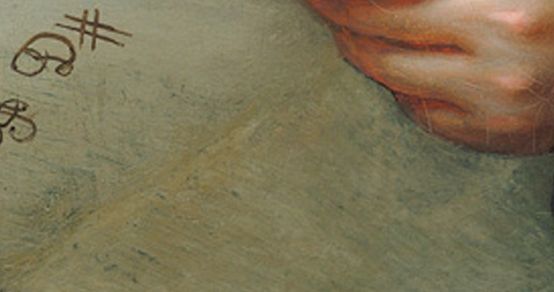String quartet in F major
Every Friday, Beethoven is here. To mark the 250th anniversary of Beethoven's birth, each week Swiss Music Review takes a look at a different work from his catalog. Today for the String Quartet in F major.

The early 19th century saw a considerable demand not only for new piano sonatas, but also for string quartets. Vienna in particular, which Wolfgang Amadeus Mozart still considered the "land of the piano" in 1780, brought together countless private ensembles in the first two decades. They wished to be supplied with original works as well as arrangements of well-known operas and oratorios, but also entire symphonies and sonatas. But as this market flourished, it's important to separate the wheat from the chaff among the arrangements: note-for-note transfer might quickly lead to a marketable printed edition, but not always to a truly musically convincing arrangement. For just as each instrument has its own idiom, so too do different genres and instrumentations have their own language. In the autumn of 1802, Beethoven was even obliged to warn the Leipziger Allgemeine musikalische Zeitung that arrangements for string quintet of his Symphony in C major op. 21 and Septet in E flat major op. 20 had been published without his authorization.
The urgency of the problem was also highlighted in a letter sent a few months earlier on July 13, 1802 to Breitkopf & Härtel, in which Beethoven expresses his gratitude for the company's appropriate handling of such products. In addition, he gives a detailed account of the requirements necessary to produce an arrangement: "I firmly maintain that only Mozart was capable of transcribing his piano pieces himself to other instruments, Haydn too, and without claiming to equal these two great men, I feel the same about my piano sonatas, for entire passages must not only be completely deleted but also changed. In addition, additional passages have to be invented - that's the stumbling block - and only the master himself can achieve this, or at least someone with the same skill and inventiveness - I've turned just one of my sonatas into a string quartet, because people kept asking me to, and I know no one else could do it as I have."
The composition mentioned above is a manuscript arrangement of the Piano Sonata in E major, Op. 14/1, in which Beethoven not only transposed the work to F major, but also fundamentally reworked almost all the accompaniments. In addition, the middle voices have been individualized according to the rules of the quartet, resulting in a completely new version of the work. - For those wishing to follow this almost experimental process in detail, we recommend the Eulenburg Edition pocket score (ETP 297), in which both versions are printed one below the other. A fine didactic tool.
Below you can listen to the Piano Sonata no. 9 in E major, Op. 14/1.
Aufnahme auf idagio
Keeping in touch
A weekly newsletter reveals the latest column on line. You can subscribe by entering your e-mail address below, or by subscribing to our RSS feed.








